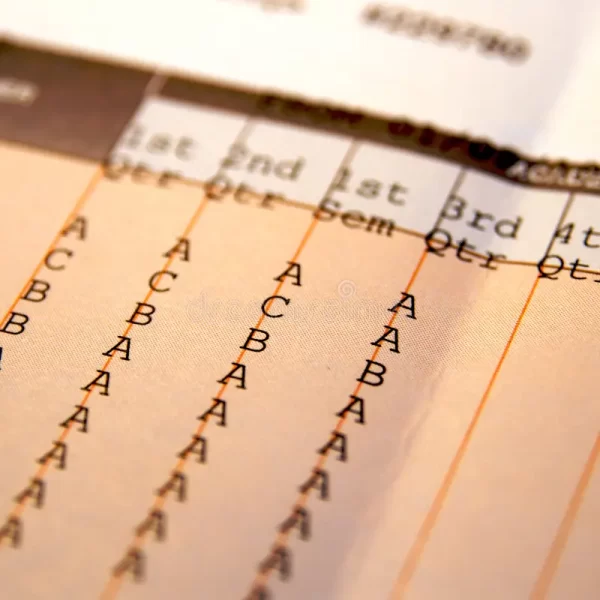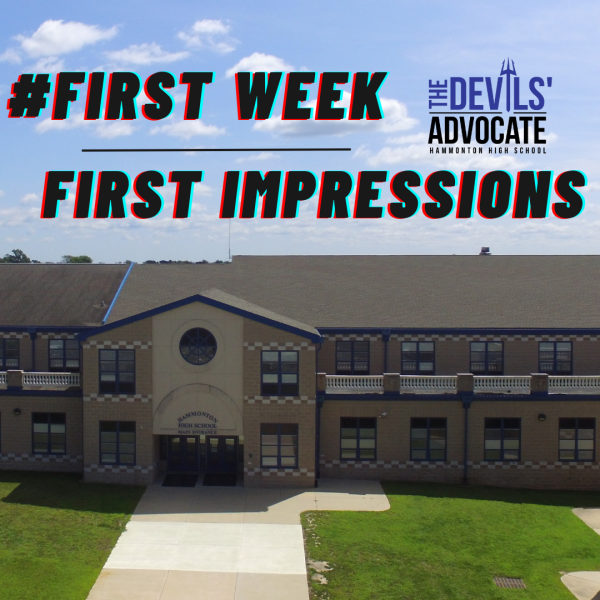Installing Filtration Systems Helps the Environment, Health
Students and staff at the school should be curious about what they are actually putting into their bodies when taking a drink from a school water fountain.
What’s in our water?
Information from the Town of Hammonton 2019 Report indicate that many chemicals have been found in New Jersey water that are under the legal guidelines. Below is a list of some common ones:
- Total trihalomethanes (TTHMs) (linked to bladder cancer, skin cancer and fetal development issues)
- Chloroform (linked to cancer and fetal development issues)
- Bromodichloromethane (linked to harm to children and fetuses, as well as reproductive difficulties)
- Radium-226 (linked to cancer)
- Radium-228 (linked to cancer)
- Dibromochloromethane (linked to cancer and harm to fetuses)
- Perfluorooctanoic acid (PFOA) (linked to cancer, endocrine disruption, accelerated puberty, liver and immune system damage, and thyroid changes)
- Arsenic (linked to cancer)
- Bromate (linked to cancer)
- Chromium (hexavalent) (linked to cancer, liver damage and productive system damages)
But what about our school water?
Using the “Do it Yourself Safehome Water Quality Test Kit” starter-15, were able to take a sample of water from one of the water fountains and test it for many different contaminants that may be in the water. We tested during the week of December 10 and obtained a sample from the water fountain near the cafeteria.

Admittedly, this at-home test is not an official scientific report, but the results indicated the following:
- PH-5.0 (lower than average)
- Alkalinity-80 (Moderate)
- Chlorine-0
- Total hardness-soft
- Iron-0
- Copper-0.03
- Sulfate-250 (maximum level)
- Nitrate-less than 0
- Nitrite-less than 0
- Total dissolved solids-500 (maximum level)
- Hexavalent chromium-<0.1 (maximum level)
- Free chlorine-0.5
- Zinc-2
One aspect of the water that was not measured by this test was lead, but lead levels are a common concern in school water systems throughout the state of New Jersey. However, we do not have a report about any current lead levels in the school itself. The State of New Jersey required all public schools systems to test their water supply for lead by 2017.
The Hammonton School District conducted such tests through Eurofins Environment Testing in accordance with state law and posed the results along with a letter from then superintendent Dr. C. Dan Blachford. The report indicated that all schools tested below the lead action level established by the U.S. Evironment Protection Agency for lead in drinking water (15 J.Lg/1 [ppb]). The district remediated four issues where levels were higher at the middle school, while levels at the high school and others were all below the ation level.
The district posted the the official report from Eurofins on their webpage for reference, where it can be accessed by the public.
A closer look at the results of HHS did indicate that while most samples for lead tested less than 1 J.Lg/1 [ppb], one sample was relatively close to the action level. However, the sampling code in the report does not indicate where this water source is located on the property.
Instead of waiting for levels to reach the EPA’s maximum level, the district should be proactive and install water fountains with filtration systems at the high school. Doing so not only reduces the risk of lead and other contaminants, but also would be more environmentally friendly by encouraging the use of reusable bottles.
How Lead Finds its Way to Drinking Water
These filters block certain chemicals and pollutants in water, providing a safer drink for staff and students. This filter also leads to more drinkers, because it is capable of removing the culprits of unpleasant tasting water. The average American drinks around 40 gallons of bottled water per year. Filtered bottle-filling stations encourage students to reuse a water bottle rather than going through a few a day. Many schools,including the Hammonton middle school have adopted the filtered water stations into their schools.
Lead enters drinking water due to the corrosion of plumbing materials. It is most common to find lead in drinking water where lead pipes, faucets, or fixtures are found. There are many factors that determine the extent to which lead enters water; the chemistry of the water and its types and amounts of minerals found in it, the temperature of the water, how long the water stays in the pipes, the amount of lead it comes in contact with, etc.
The Effects of Lead in Drinking Water
Even at low exposure levels, lead can still be harmful to human health because it is a toxic metal. The EPA has set the maximum contaminant level for lead at zero. Lead is persistent, and it can bioaccumulate in the body over time. Children, infants, and fetuses are at a higher risk of physical and behavioral damages due to lead consumption. These effects occur at a lower exposure level in children than in adults. Low levels of exposure have been linked to damage to the nervous system, learning disabilities, shorter stature, impaired hearing, and impaired formation and function of blood cells. It is estimated by the EPA that drinking water can make up 20 percent or more of a person’s total lead exposure. In children and infants, 40-60 percent can make up their total lead exposure from drinking water.
Filtration Fountains Can Help
Elkay has invented a filtered bottle-filling station, ideal for nearly any application. These filtered ezH2O bottle filling stations reduce lead and other harmful particulates, putting cleaner, healthier water within everyone’s reach. This filter is capable of removing, on average, 99.3% of lead in drinking water. In drinking water, a lot of the chemicals found are unregulated which is nerve racking; if a chemical is unregulated they can present in our water at any level and be legal. At least one has been installed at HMS for use by the students and faculty.
Hammonton High School is ready for the district to install water fountains with filtration systems that aid in both the health of its students and the environment.


















